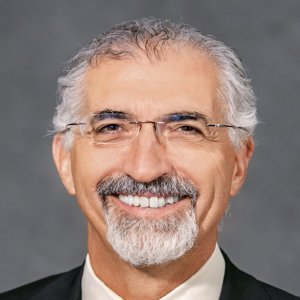Dangerous Waste Disposal Avoids Accidents

STORY INLINE POST
Q: What was the gap in the market the company was trying to fill when it was created?
A: In October 1997 the National Institute of Ecology requested that PEMEX Refining implement cleaner practices in its offices and storage areas through its service station maintenance program. In 2000, TEMESA began offering its collection, transport, storage, and final disposal of dangerous waste service, creating cost-free added value. In 2011 the company was certified by Clean Industry, becoming the first storage center in the state to garner this award. We currently have a presence across Chihuahua, Coahuila, Sonora, Durango, and Sinaloa. The company’s growth strategies in the last 20 years have been modified according to trends emerging in our market and the Mexican economy but our main principles have remained the same. We aim to comply with transparency regulations for the handling of dangerous wastes and constantly train personnel in waste management. TEMESA became a service provider in mining in 2006 and we now represent 30 percent of total collected dangerous wastewater. Within the sector, TEMESA has worked with all of the major mining companies, including Agnico Eagle on the Tajo Mascota project, First Majestic Silver on La Parrilla, and Goldcorp on Peñasquito.
Q: What are the main challenges mine operators face regarding waste disposal, and how does TEMESA help them overcome these issues?
A: TEMESA urges its clients to dispose of residue in the most practical and sensible way. One of the internal problems is soil contamination and the combination of dangerous residues with clean residues. TEMESA provides training in a variety of subjects, including spill management and residue management for mine personnel. These courses are free and the number of participants is unlimited. TEMESA supports clients with the supply of storage tanks for used oils and collection trucks equipped with box and ramp for collections at different generation points in the mine. We also oversee the condition of temporary storage areas for waste and monitor the state of the help signs, floor epoxy sealants, and land installations. In administrative and storage terms we implement a personalized collection program to improve service logistics. We are currently evaluating projects in the mining sector to separate hydraulic oil from used oil with the aim of saving costs for the client and for TEMESA. Used black oil mixed with diesel and ammonium nitrate for blasts can generate up to 40 percent fuel savings, and operational cost reductions. To achieve a homogenous concoction our process installs a metering unit in the mixing tank before the installation of the subsequent tanks.
Q: How does TEMESA differentiate itself from competitors?
A: TEMESA is known as a company working toward a common good and striving for sustainable development in an environment free of pollution. Simultaneously, we maintain our quality standards in services and client relationships. The supply of correctly labeled containers and the cleaning of storage areas is carried out with the goal of satisfying and facilitating the best internal control of client processes. TEMESA has provided support in separating solid urban waste generated in the community and mines. Moreover, the company offers clients training organized by the human resources department with several themes, including management of dangerous waste, leak control, and health and safety.
Q: What environmental progress has been made in recent years, and what still needs to be done?
A: TEMESA is involved in environmental progress through the formulation of solid fuel created by mixing plastics, textiles, oily muds, and cardboard. The residue, now used as an alternative fuel, is fed into cement ovens where it is destroyed without causing damage to the environment. TEMESA has concluded negotiations with cement groups, and has made a commitment to receive solids contaminated with hydrocarbons and to provide low cost processing and disposal. This allows the generators to share the benefits and reduce costs with a commitment to preserve quality standards and improve services. This system contributes to conservation of non-renewable energy resources, the elimination of risk for the generator by guaranteeing the disposal of all residues, and the conversion of industrial residues into useful byproducts.
























